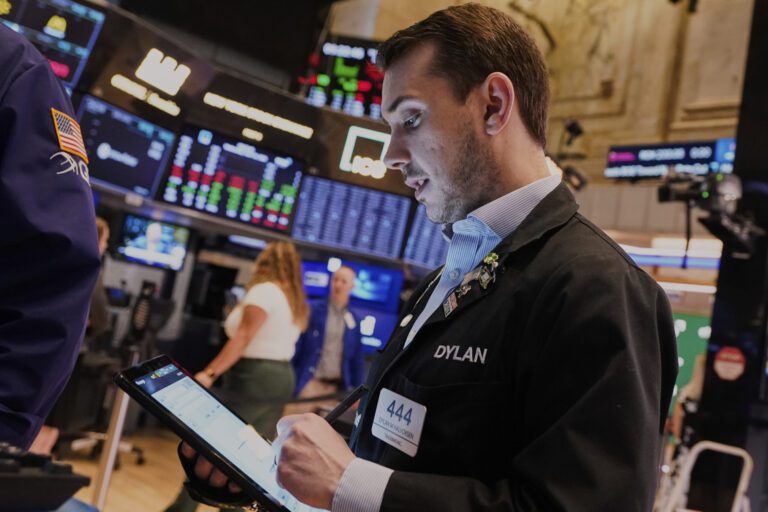Federal Reserve Chairman Powell’s Stark Warning on Trump’s Tariff Strategy
Overview of Powell’s Assessment
In a recent address at the Economic Club of Chicago, Federal Reserve Chairman Jerome Powell issued a stark caution regarding the economic repercussions of President Trump’s tariff policy. His comments sent shockwaves through the market, contributing to significant declines in stock prices on Wednesday afternoon.
Key Takeaways from Powell’s Speech
-
Unexpected Tariff Increases: Powell emphasized that the tariff increases announced thus far are substantially more significant than what analysts had predicted. He stated, “The level of the tariff increases announced so far is significantly larger than anticipated.”
- Economic Implications: The economic fallout from these tariffs is expected to be severe, leading to higher inflation and slower economic growth. Powell warned that the effects are likely to extend through the year, indicating that the economy might experience stagflation, a combination of stagnation and inflation.
The Challenge of Stagflation
Stagflation poses a unique challenge for the Federal Reserve, which traditionally aims to maintain stable prices and full employment. Powell noted:
“We may find ourselves in the challenging scenario in which our dual-mandate goals are in tension.”
Market Reaction
Powell’s remarks translated into immediate market reactions:
- S&P 500: down 2.5%
- Nasdaq Composite: down 3.5%
- Dow Jones Industrial Average: down 690 points, or 1.7%
This substantial market drop reflects investor concerns about the potential for prolonged economic malaise due to these tariff policies.
Interest Rates and the Fed’s Policy
In light of the circumstances, Powell refrained from providing a specific outlook on interest rates, stating that the Federal Reserve is "well positioned to wait for greater clarity before considering any adjustments to our policy stance." This cautious approach highlights the complexity of the current economic climate.
Potential Responses to Inflation and Growth
- Raising Interest Rates: Typically, the Fed increases rates to cool down inflation, making borrowing more expensive.
- Lowering Interest Rates: Conversely, in slow growth periods, the Fed may lower rates to encourage borrowing and stimulate the economy.
Upcoming Monetary Policy Meeting
The Federal Reserve’s next monetary policy meeting is scheduled for May 6-7. Investors and economists will be closely watching for any indications of shifts in policy direction.
Conclusion
Chairman Powell’s warnings underscore the uncertain impact of tariffs on the U.S. economy. As markets react, stakeholders must remain vigilant about the evolving economic landscape and its implications for monetary policy.
For more insights on economic policies and market trends, consider these resources:
Staying informed is key to navigating these turbulent economic waters.


